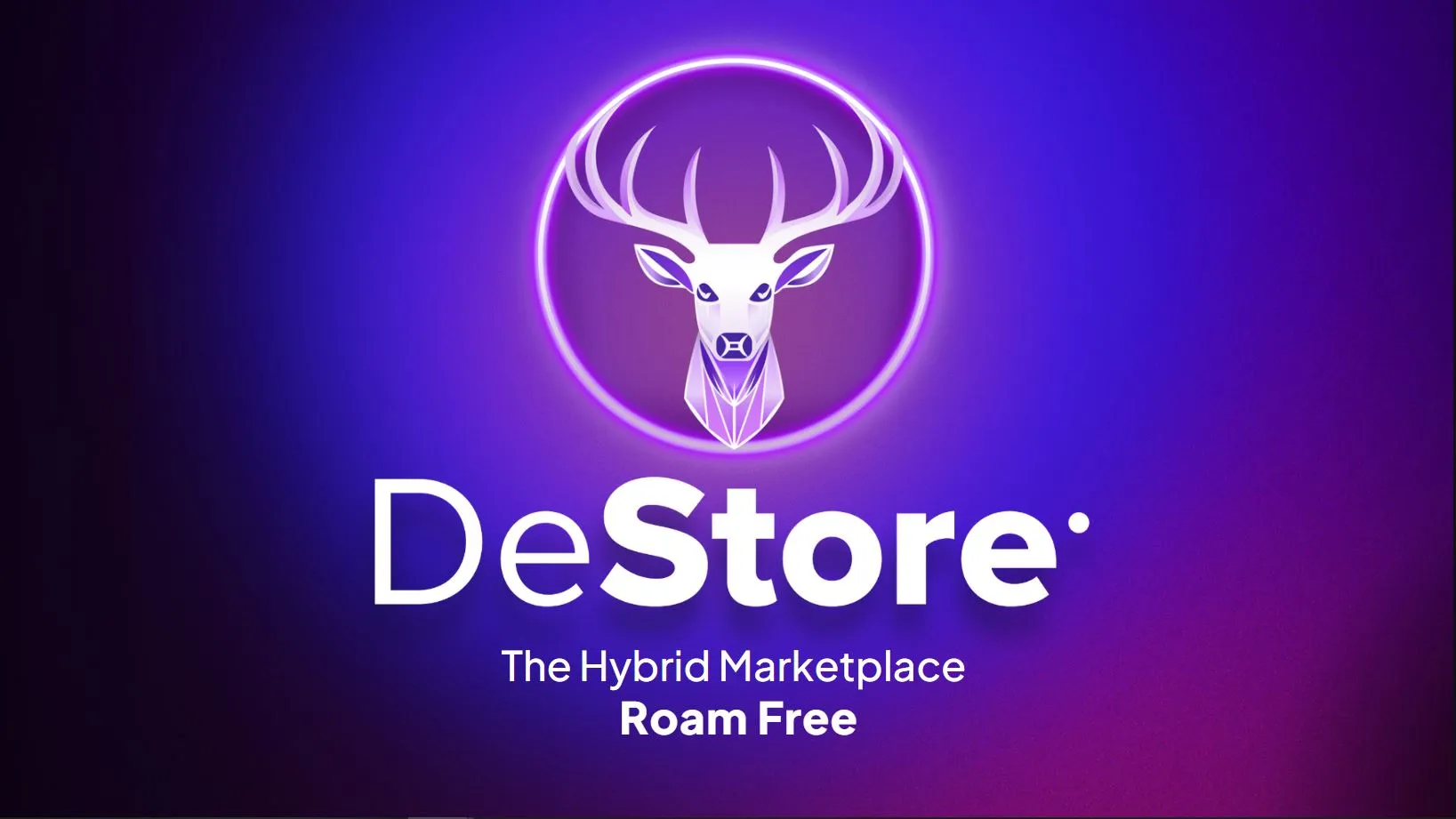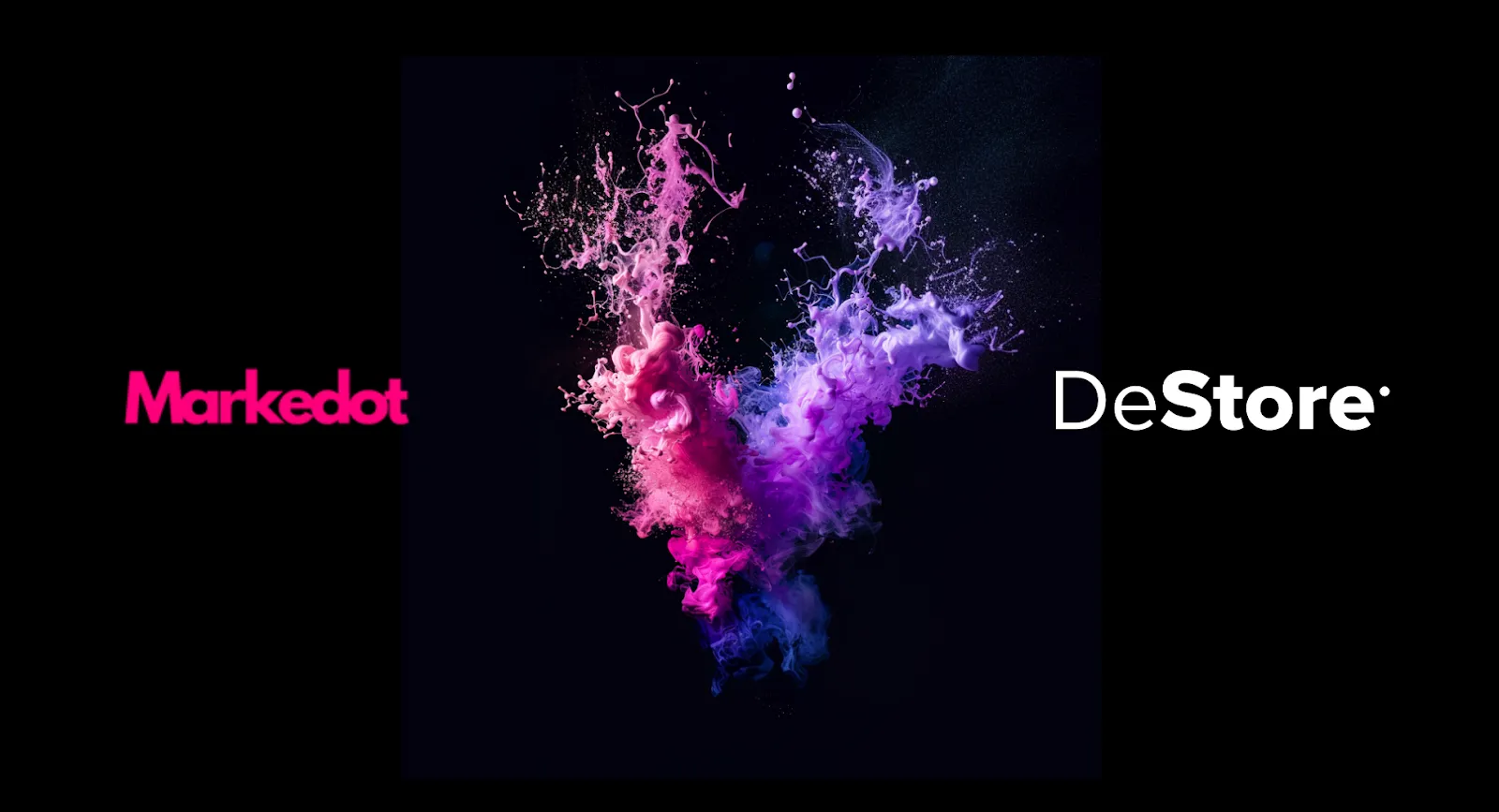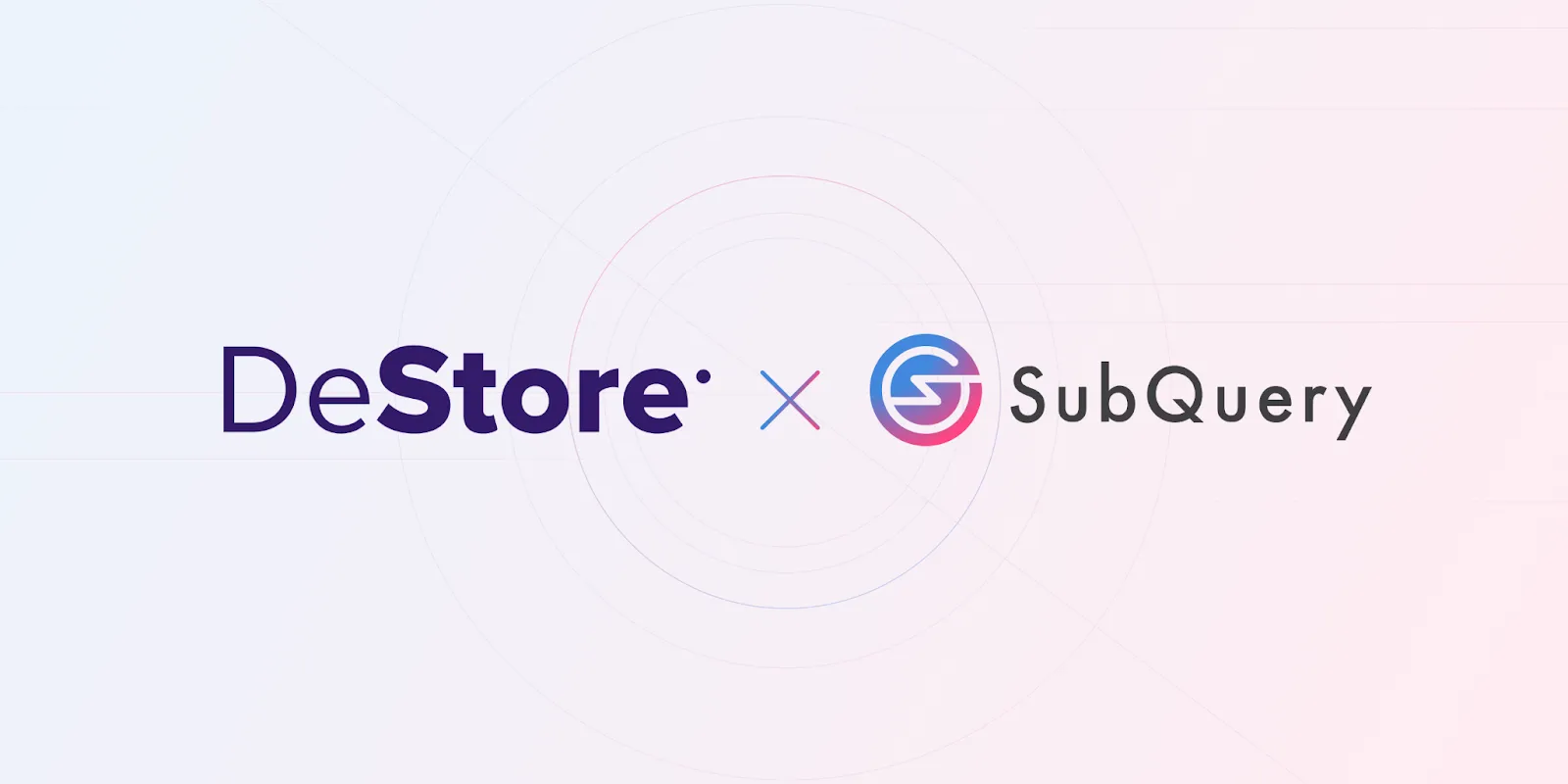DeStore is Officially Eligible For dApp Staking on Astar Network.
What is Astar Network?
Astar Network is the TVL Smart Contract Hub for WASM + EVM on Polkadot.
Since winning its Parachain auction in January 2022, Astar Network has become the top Parachain in the Polkadot ecosystem in Total Value Locked, and most Ethereum assets transferred over. Astar Network is the leading smart contract hub that connects the Polkadot ecosystem to Ethereum, Cosmos, and all major layer-one blockchain. Astar Network supports dApps using multiple virtual machines — namely WASM and EVM — and offers the best technology solutions and financial incentives via its #Build2Earn and Astar Incubation Program for Web3 developers to build on top of a secure, scalable, and interoperable blockchain.
What is dApp staking?
For great dApps to be built, developers need to build them. For developers to build great dApps, they need financial incentives. That’s where dApp staking comes in.
On the Astar/Shiden Network, dApp staking is how developers who build dApps can get compensated. By having an income, developers can keep building and improving their dApps.
At its core, dApp staking is similar to staking on validators. The difference is that dApp stakers — also known as nominators — can nominate their Astar tokens on dApps they want to support.
At every block, a portion of the rewards goes to dApp staking. This reward is then divided between operators (developers) and nominators. This creates a powerful incentive for developers to build dApps on Astar and nominators to support developers via dApp staking.
When building on other blockchains, dApp developers must apply for grant programs, issue tokens, and fundraise to earn money. Not only that, they often need to pay steep gas fees.
On Astar, as long as a dApp has been nominated, developers can receive a basic income. As a dApp grows in popularity, more community members nominate the dApp, enabling the developers who built the dApp to receive a greater percentage of the block reward.
We need our community
The amount we receive with the #Build2Earn protocol depends on the number of nominators on the dApp store page. The more nominators we have, the more rewards we will receive to support our development efforts. At the same time, you will receive up to 10% staking rewards by staking ASTR in our dApp.
Are you already using dApp staking and want to support our project? Astar released the nomination transfer. Nomination Transfer allows stakers to move the entirety or portions of their nominations to other projects while skipping the unbonding period. This way, stakers don’t have to sacrifice staking rewards in the unbonding period to support a project they are interested in.
How to use dApp staking
Step 1: Buy ASTR Tokens
Get your hands on some Astar tokens $ASTR. You can buy them on Binance, BKEX, and OKX.
The full list of markets can be found here.
Step 2: Create a Substrate-based Wallet
To learn how to create a Substrate-based wallet, please click here.
Step 3: Go to Astar Portal and Connect Your Wallet
When you have the ASTR tokens, go to the portal and connect your wallet to Astar Network. Then, click ‘Store’ and look for our project: DeStore Network.
Step 4: Add Your Staking Amount
You can click on our project to learn more about the smart contract we used for dApp staking. To add your staking amount, click ‘Stake’ in the box and sign in with your Subwallet, Talisman, or Polkadot .js extension.
Step 5: Add, Unstake, or Claim
Once you have staked your tokens, you can do three things: add, unstake, or claim.
- Add: to stake more; you can add more ASTR in dApp staking.
- Unstake: to unstake, you can claim your ASTR back.
- Claim: (top of page): Claim your rewards from all dApps you are staked on. For every ERA, you can claim your rewards, but we recommend doing this once every week.

Summary
DApp staking is a unique differentiator only Astar and Shiden have in the Polkadot ecosystem. As developers, we have chosen to build on Astar because this allows us to earn tokens while building our product. The beauty of this token economics model is that the more dApps are created, the more tokens will be staked. The more tokens are staked, the fewer tokens there are in circulation. Then, there is a positive feedback loop on the valuation, which provides more value to developers and stakers. This network effect is very important for the ecosystem, and we are very happy to be part of this #Build2Earn protocol. Happy staking!
About Astar Network
Astar Network is the gateway for projects across enterprises, entertainment & gaming in Japan and beyond, driving global adoption and delivering web3 to billions. It leverages a cross-virtual machine powered by Polygon and Polkadot to offer customizable blockchain solutions that accelerate web3 adoption. With zk-powered Ethereum L2 Scaling (zkEVM), EVM, Wasm, and a cutting-edge ecosystem, Astar delivers robust, secure, and interoperable web3 technology. Astar zkEVM is the new Layer-2 solution to scale a web3 experience on Ethereum with zero knowledge (ZK) technology. Astar Network adds an EVM equivalent environment seamlessly compatible with existing smart contracts, developer tools, and wallets on Ethereum.
About DeStore Network
DeStore Network is an e-commerce platform that enables businesses to sell Hybrid assets on a Web3 platform. It offers a unique solution for an emerging market by connecting old and new technologies and providing a minting platform for Blockchain-based Digital Twins of physical products.
DeStore’s platform is designed to be easy to use and includes educational tools and trackable sales history. It specializes in real-world assets and is 3D-compatible, enabling Web3 businesses to create AR, VR, and XR shopping experiences for their customers. DeStore’s Digital Twin technology will identify real-world assets virtually, allowing businesses to sell metaverse-compatible Web3 products.
DeStore Network allows Web 2.0 SMEs to expand into Web3 with their existing accounting software. Its applications will include metaverse-based trade, virtual reality shopping, IRL self-serve shopping counters, web browser shopping, mobile crypto wallet shopping, on-demand 3D print products, and more.



